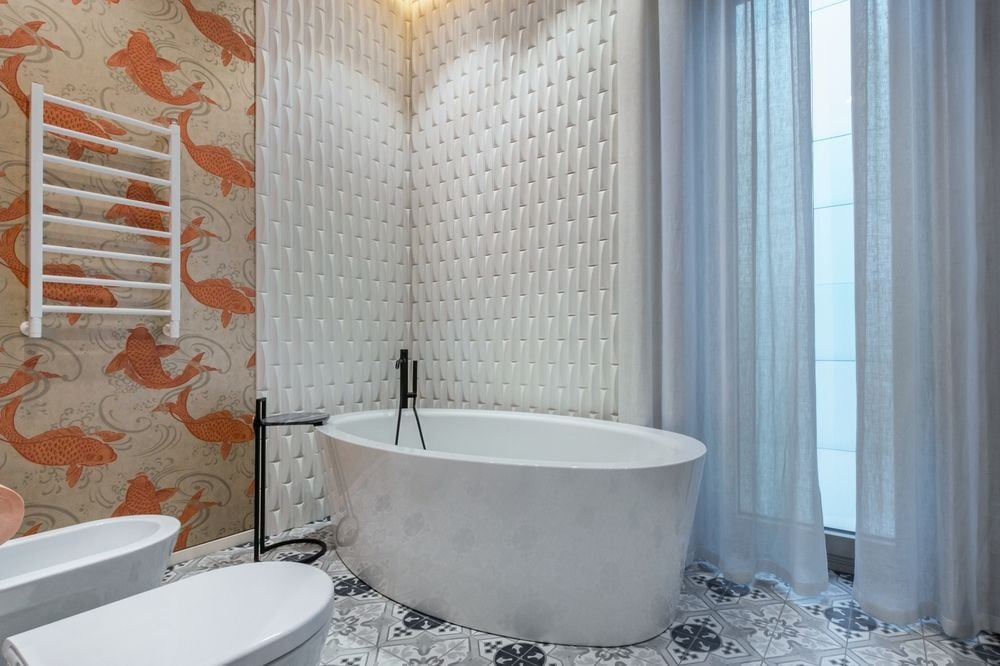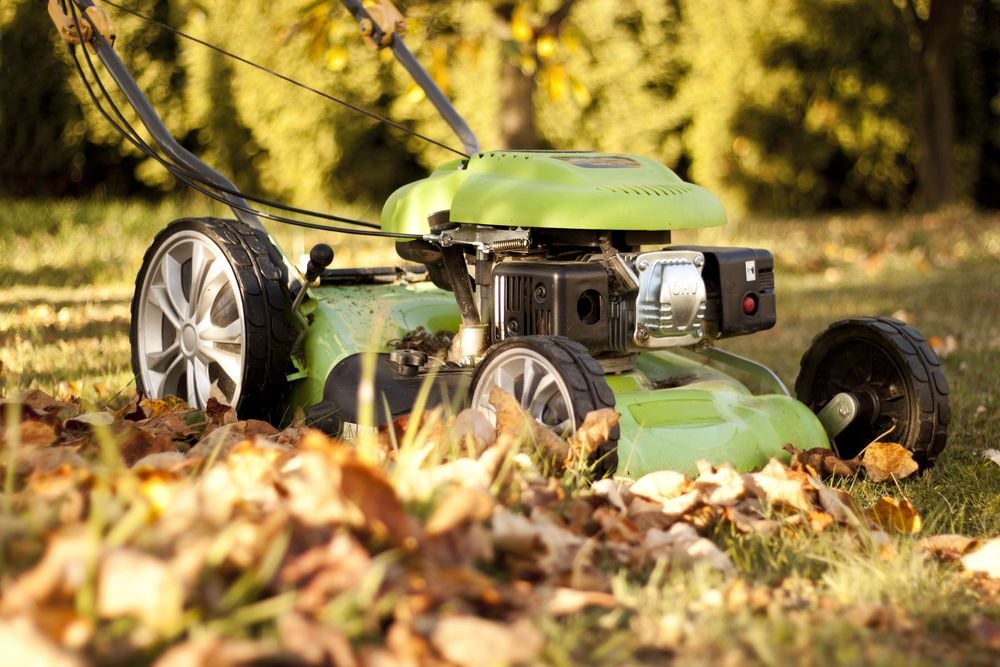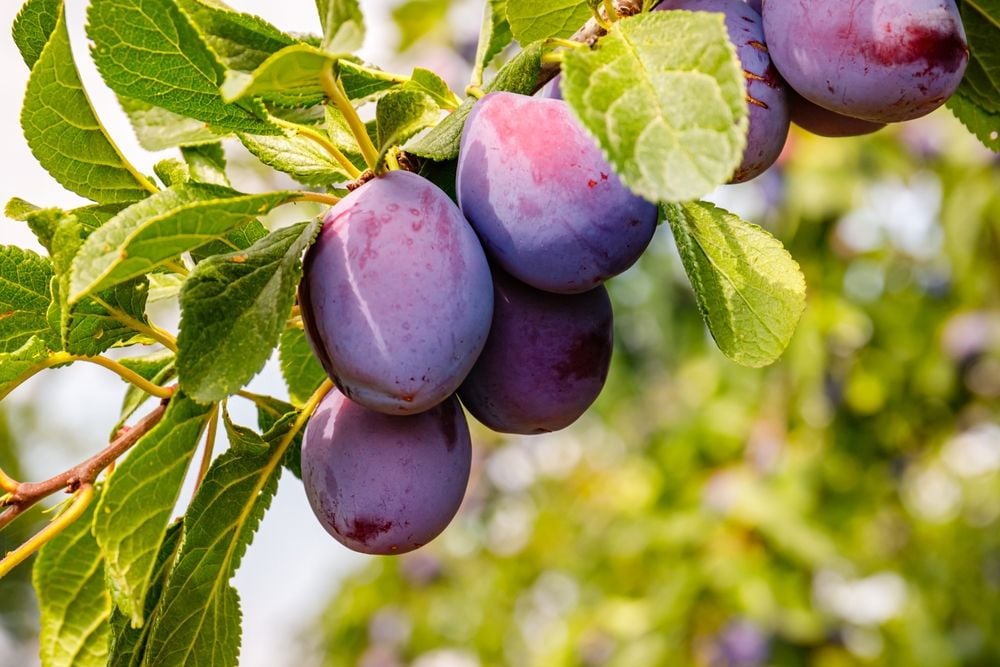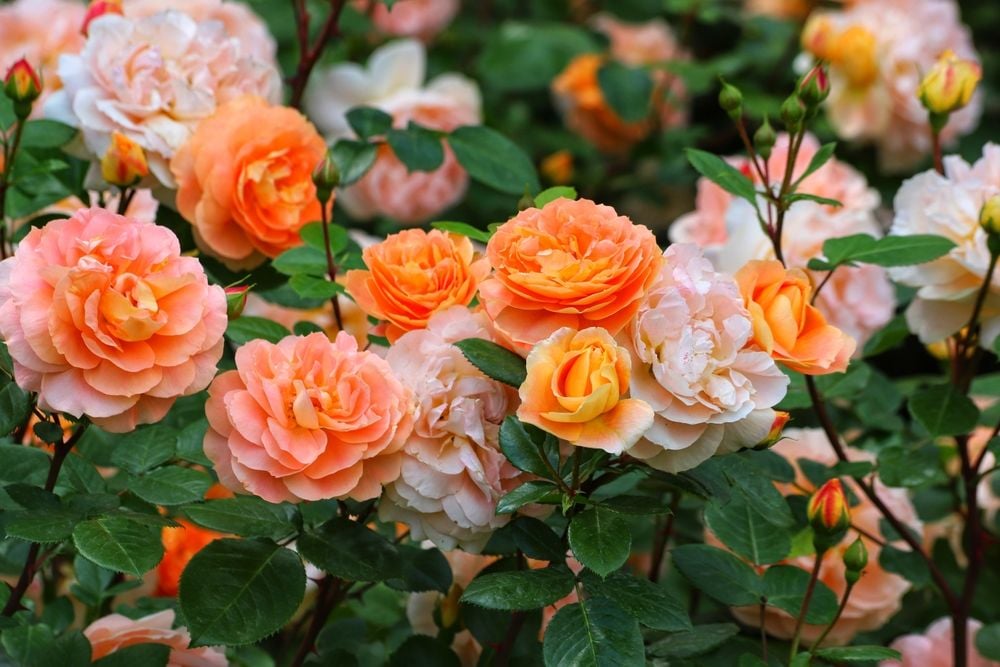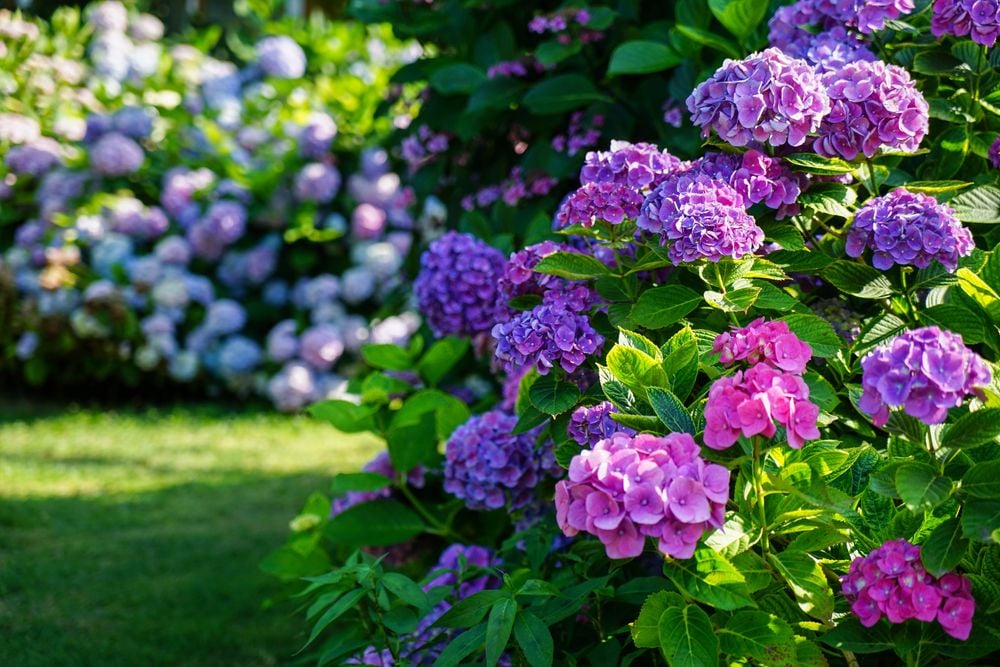
The Do's and Don'ts of Summer Tree Planting
- Jun 4, 2025
If you're a tree lover, the idea of planting them during summer may seem a tad unorthodox. However, experts assure us it’s not just possible, but potentially successful, as long as your trees get some extra care.
Tree specialists advise factors such as precise watering and species selection fundamentally determine the success of summer tree plantation. Understanding which trees are natural survivors in dry, hot climates can make the process more effective.
Some prime examples of trees that love the summer sun are black tupelo and honey locust. Andrew Fisher Tomlin, horticultural specialist and a founding member of Fisher Tomlin & Boyer, praises the black tupelo for its splendid autumnal foliage. However, he advises planting it while young and container-grown to avoid transplant shock.
The honey locust is another great choice, thriving in distinct soil types and requiring only ample sunlight. Its notable trait is its resistance to drought and wind exposure.
The Mediterranean hackberry is also a good bet, recognized not for its flowers but the length of its foliage period. Adaptable to sunny and sheltered locations, the hackberry is one of the many drought-resistant tree species.
Other tree types that flourish when planted in summer comprise crepe myrtle, lacebark pines, strawberry trees, sweetgums, yellowwoods, cherry trees, and fig trees.
However, it’s important to note that not all trees-and not all states-are suited to summer planting. In particularly heated regions, such as parts of Florida, Arizona, and Texas, it's best to hold off until fall, according to Mark Brewer, owner of The Living Urn. This delay allows the tree quality time to establish roots without the burden of heat stress.

For the successful planting or transplanting of trees, moderate weather, temperatures, and a solid 3-6 months for root establishment before extreme weather rolls around, is crucial.
Even after opting for drought-resistant species, you'll need to focus on watering. Consistent, regular watering, three times a week throughout the hot season, is key according to Tomlin. This routine maintains until the tree goes dormant, characterized by leaf-fall for deciduous trees. First-year trees don't require fertilization; water and mulch suffice.
Come autumn, don't forget to refresh the mulch, and water consistently in dry spells during the following spring, warns Tomlin.
Summer tree planting does have a few potential setbacks that need to be considered. Trees planted in summer demand diligent attention, particularly to irrigation. This task becomes tricky if you're away on vacation, unless an irrigation system, a drip line, or an individual tree soaker system is installed.
Professional arborist advice can be invaluable, especially as new trees require a hefty amount of water, time, and attention during summer-a financial and time investment you'd want to get right.
Overall, your newly planted tree may not show significant growth during its first season as it focuses energy on establishing robust roots. But as long as leaves adorn the branches' ends, you can breathe; your tree is receiving moisture and acclimating to its new domicile.


